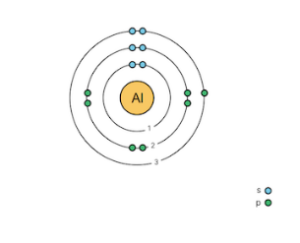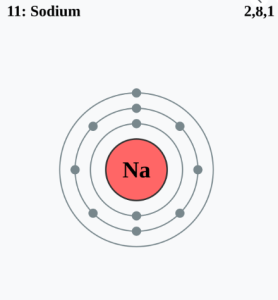
Superheavy Elements and Their Unexpected Chemistry
The periodic table, an iconic arrangement of elements, is experiencing intriguing updates as scientific exploration delves deeper into the world of superheavy elements. These elements, found at the far end of the periodic table, are the focus of groundbreaking research that aims not only to enhance our understanding of chemical elements but also to challenge the fundamental organization of the table itself.
The Quest for Superheavy Elements
The endeavor to synthesize superheavy elements drives much of today’s nuclear chemistry research. These elements, typically possessing atomic numbers higher than uranium (92), are not naturally found on Earth. They are created in laboratory settings by colliding lighter atomic nuclei in particle accelerators—a complex and costly process detailed in a New Scientist article. This year, recent experiments have provided unprecedented insights into how these elements, most notably copernicium and flerovium, react to form molecules.
Theoretical Predictions vs. Experimental Outcomes
Despite theoretical predictions, the chemical properties of superheavy elements remain largely unexplored. Current theories suggest that as elements become heavier, relativistic effects become significant, impacting their electron configurations and chemical behavior. Researchers are particularly interested in how these effects will manifest, as they may lead to new chemical processes that were previously considered impossible.
Experiments have now observed some of the heaviest known elements reacting in unexpected ways, challenging our traditional views on their placement within the periodic table.
Challenges and Breakthroughs in Superheavy Chemistry
The studies in superheavy chemistry have reached a pivotal moment, revealing the complexities and opportunities that lie within these exotic elements. Observations with new tools and technologies have shown how certain superheavy elements engage in chemical bonding, markedly different from their lighter counterparts. This breakthrough provides a stepping stone towards unraveling the mysteries of these obscure elements, potentially leading to materials with novel properties and applications in medicine, technology, and beyond.
Rearranging the Periodic Table
As our understanding of the chemistry of superheavy elements improves, discussions have emerged about the need to restructure the periodic table. The traditional groupings, which are based on consistent chemical behaviors, may not be suitable for elements significantly affected by relativistic effects. This change challenges our foundational classification system and invites us to rethink how we understand elemental behaviors as atomic numbers increase.
The Future of Elemental Science
While these elements currently exist only in minuscule, short-lived quantities, they hold the promise of unlocking new realms of chemical knowledge. As researchers continue to probe deeper into these fascinating entities, the potential to make groundbreaking discoveries in material science, chemistry, and physics grows enormously.
The push towards understanding these elemental giants not only enhances our comprehension of the periodic table but also allows us to question and innovate upon one of science’s most fundamental tools.
Conclusion
The chemistry of superheavy elements challenges traditional scientific understandings and provides insight into the unknown. As advancements in laboratory science continue to explore these enormous atoms, the periodic table may soon experience some of its most significant changes. This is an exciting prospect for scientists and anyone interested in understanding the universe at its most fundamental level.



